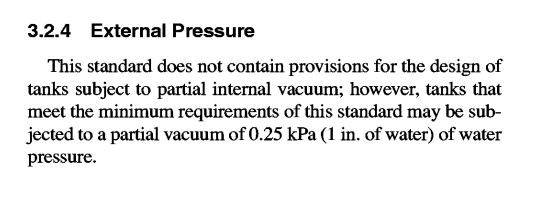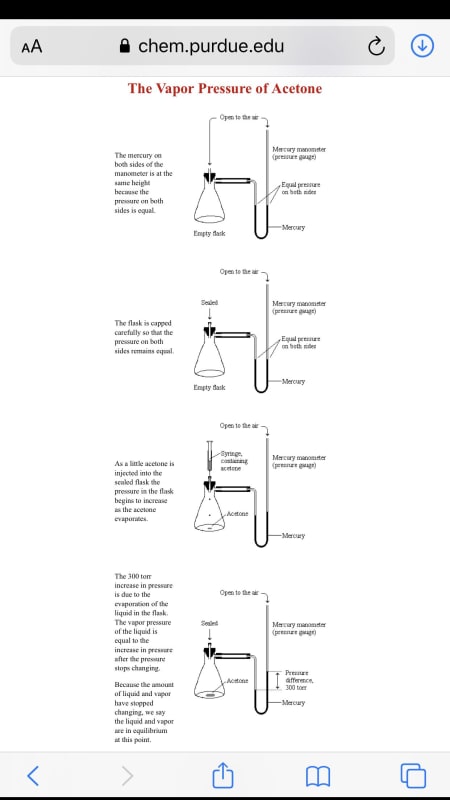MOHAMMED89
Mechanical
- Feb 25, 2015
- 85
Dear All,
I need your advice on how to calculate the external design pressure for a API 650 tank, tank details are as follows:-
Tank Size - 30m (dia) x 25m (height)
Service - Aviation Fuel
Internal Design Pressure - 13 Kpag.
Remarks - The internal design pressure is finalized based on the nitrogen blanketing positive pressure.
Roof type - Fixed Cone Roof
what will be the external design pressure ?
Thanks in advance
I need your advice on how to calculate the external design pressure for a API 650 tank, tank details are as follows:-
Tank Size - 30m (dia) x 25m (height)
Service - Aviation Fuel
Internal Design Pressure - 13 Kpag.
Remarks - The internal design pressure is finalized based on the nitrogen blanketing positive pressure.
Roof type - Fixed Cone Roof
what will be the external design pressure ?
Thanks in advance


